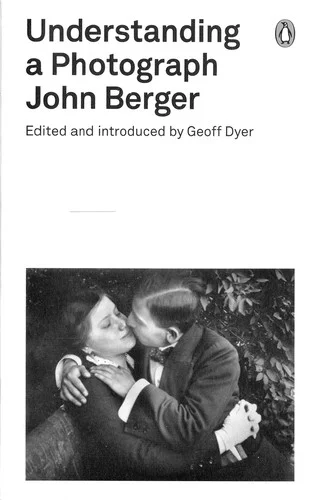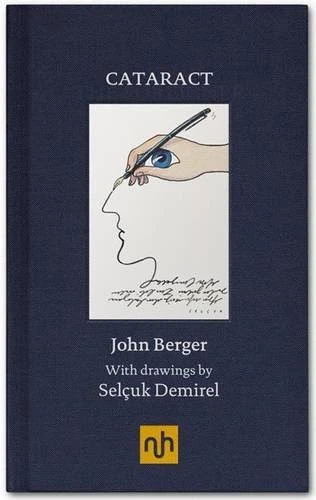
The beloved and award-winning artist, critic and novelist John Berger's first collection of essays on art, politics and creativity When first published in 1960 Permanent Red established John Berger as a firebrand critic who was willing to broadcast controversial opinions on some of the most important British artists of the day, including Henry Moore and Barbara Hepworth. Why should an artist's way of looking at the world have any meaning for us? Why does it give us pleasure? Any artwork reflects the artists intentions, but also its times: therefore all art is political. In his first collection of writing on art, Permanent Red, published in 1960, John Berger controversially argues that the contemporary artist should strive for a realism that aims for hope, to improve the world. Surveying the work of both historic figures as well as contemporary artists such as Picasso, Leger and Matisse, he explore the role of the artists and divides them into ones that struggle, ones that fail and twentieth century masters. He also argues why we should study the work of the past in order to understand the present and to rethink the future.
John Berger
John Berger was a British art critic, novelist, and poet best known for his groundbreaking work "Ways of Seeing." His literary style is characterized by a unique blend of Marxist ideology and poetic prose. Berger's key contribution to literature was his exploration of the intersection between art, politics, and society.








